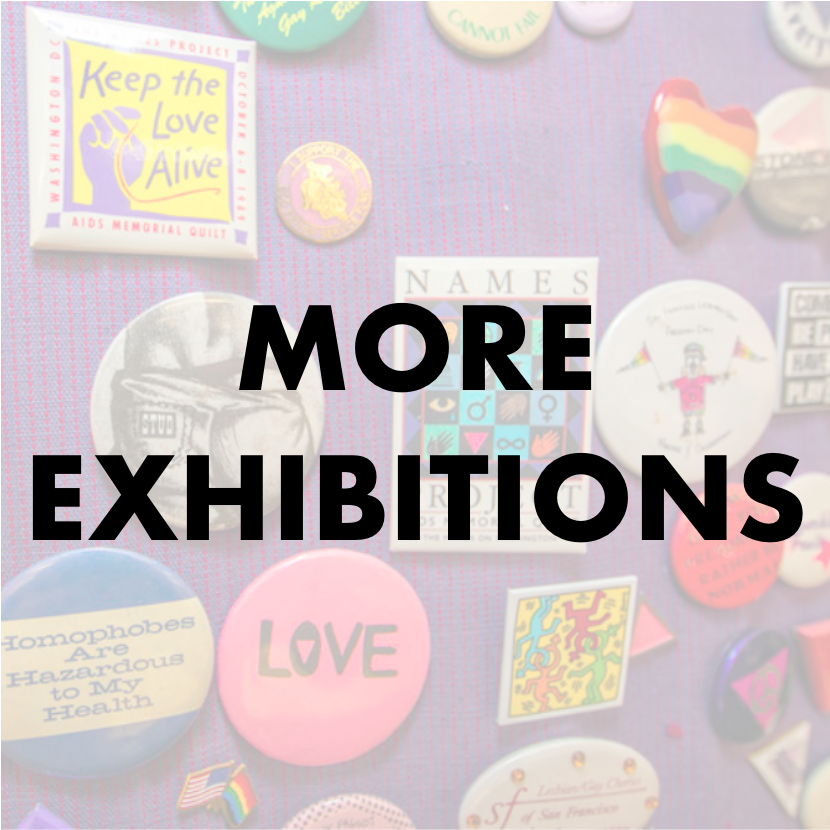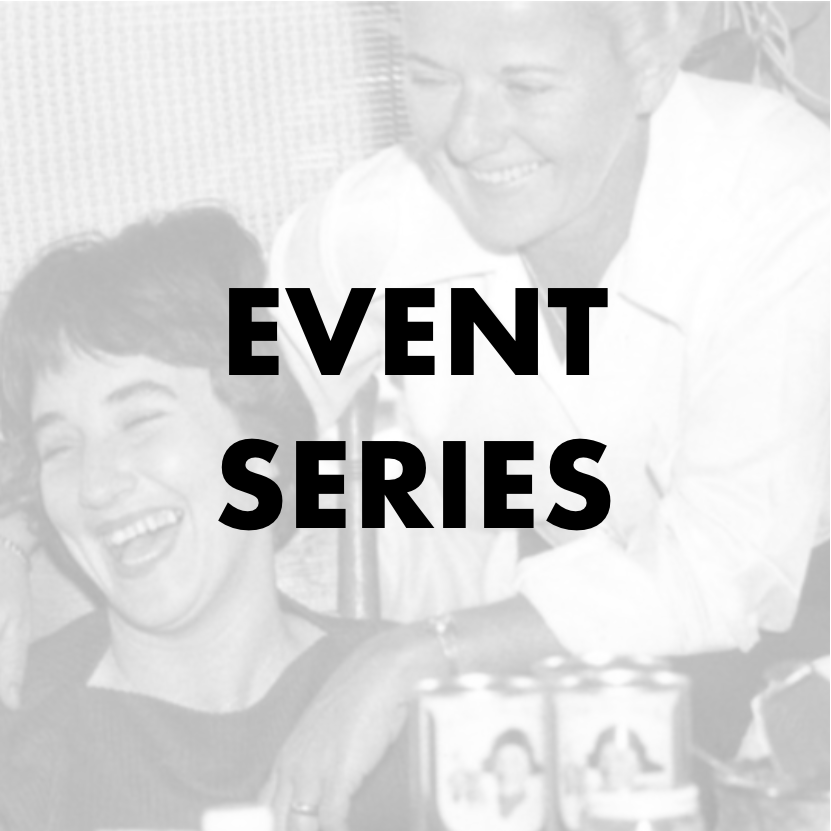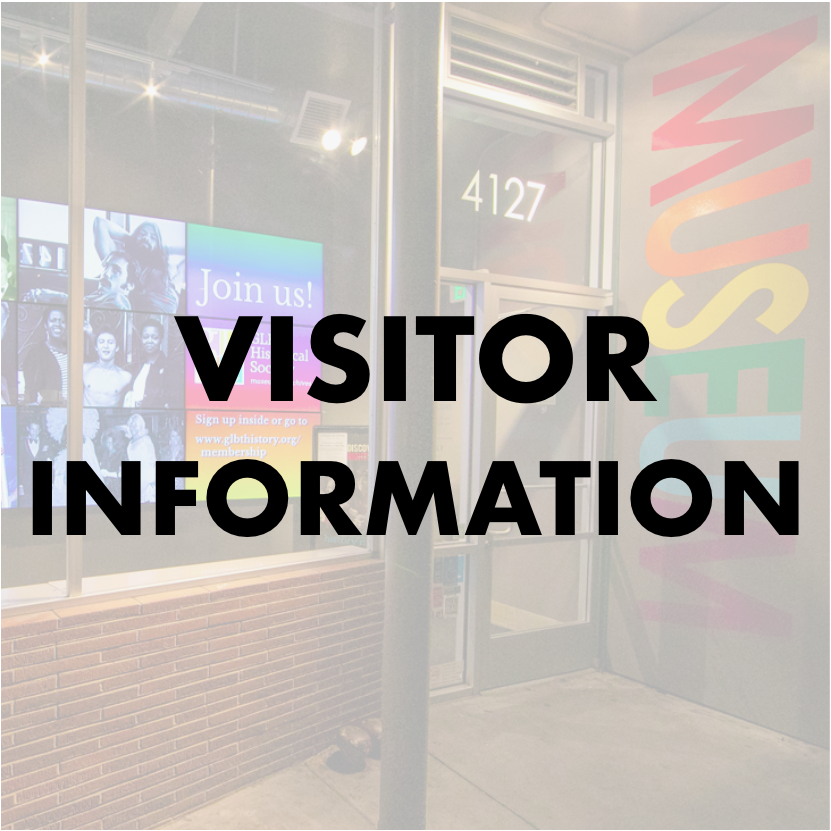Curated by Lisbet Tellefsen and Amy Sueyoshi.
This exhibition was on view at the GLBT Historical Society Museum from February to September 2018.
It brought together rare posters and ephemera documenting some of the roles that Black lesbian activist, scholar, political prisoner and public intellectual Angela Davis has played in the American and international imaginary. The exhibition encourages us to consider the meaning of Davis’ life and political engagements across more than half a century. Her consistent call for a world free from exploitation continues to resonate in the emerging resistance movements of the present day.
All images are courtesy of the Lisbet Tellefsen Collection.




















